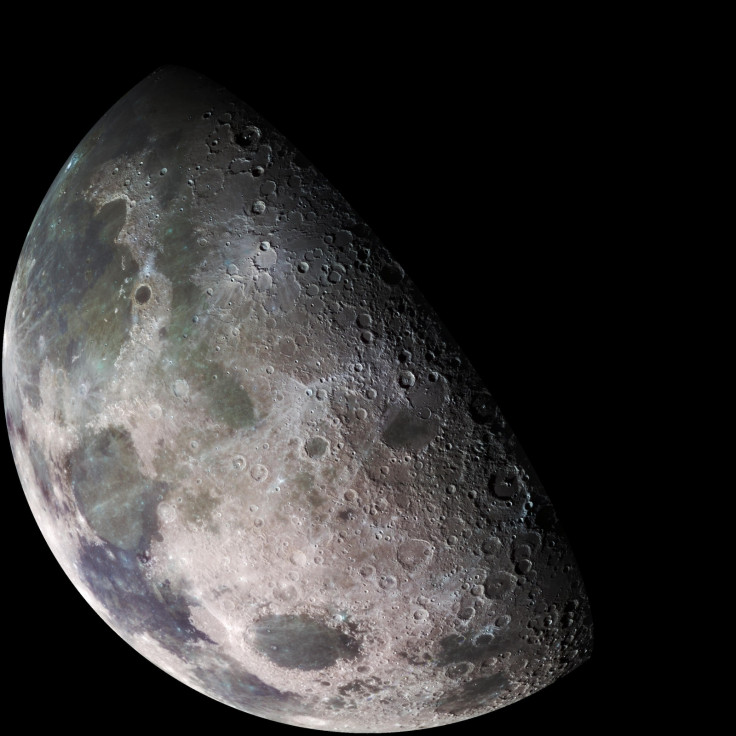An elevator to the moon is possible: Scientists
It might seem like an impossibility today, but reaching the moon using an elevator may soon be possible.
What science fiction has predicted for years may soon be a truth. Scientists from Cambridge and Columbia University have theorised a "space elevator" between the earth and the moon.
They are calling it "spaceline."
Instead of going from the earth to the moon, the scientists want to anchor the system from a tower on the moon. A tower on the moon will send satellites into geosynchronous orbit.
The scientists have created a mathematical and physical description of a paradigm that could make it work.
"We present the derivations herein as a full standalone mathematical and physical description of the concept, one that we and authors before us have been surprised to find is eminently plausible and may have been overlooked as a major step in the development of our capacity as a species to move within our solar system," scientists Zephyr Penoyre and Emily Sandford have stated in their research paper.
Efficient transportation to the moon holds the key to the future settlement of humans on other planets. The moon can act as a middle stop in traveling to Mars.
The idea is not new, in fact, it was actually proposed by Arthur C. Clarke in his novel "The Fountains of Paradise," which was published in 1979. He proposed a 26,000-mile-high elevator, which will make anything that goes to the top, beyond the reach of gravity. It will, in turn, make it easy to transport both humans and goods. However, the theory was junked because no material was strong enough to make the tower hold its own weight.
In fact, a Canadian company, Thoth technology has even registered a patent for its own idea of a space elevator. However, it proposed a tower from earth to the moon, which would be 12 miles high.
Even Google has been rumoured in the past to be working on a similar project in its X lab.
Many have suggested the idea before, but this is the first time that someone has actually provided the maths that can make it possible. The proposed idea is actually implementable, since it will use more of a skyhook than a tower. A thin, strong material such as lead used in pencils may be the ideal one for implementing it. Since the hook will be thin, a long line can be made – 225,000 miles from the moon to the earth. It will end a safe distance above the earth, where it will be alienated from the effects of the atmosphere or satellites.
Any vehicle going to the moon can simply sync up with "Spaceline" and use solar-powered propulsion to move forward, without using fuel.
Construction and storage will be easy since Spaceline will pass through the earth at the Lagrange point, which has no gravity and physical interference.
"Having only a small team of scientists and engineers at such a base camp would allow hand construction and maintenance of a new generation of space-based experiments – one could imagine telescopes, particle accelerators, gravitational wave detectors, vivariums, power generation and launch points for missions to the rest of the solar system," the paper reads.

© Copyright IBTimes 2025. All rights reserved.





















